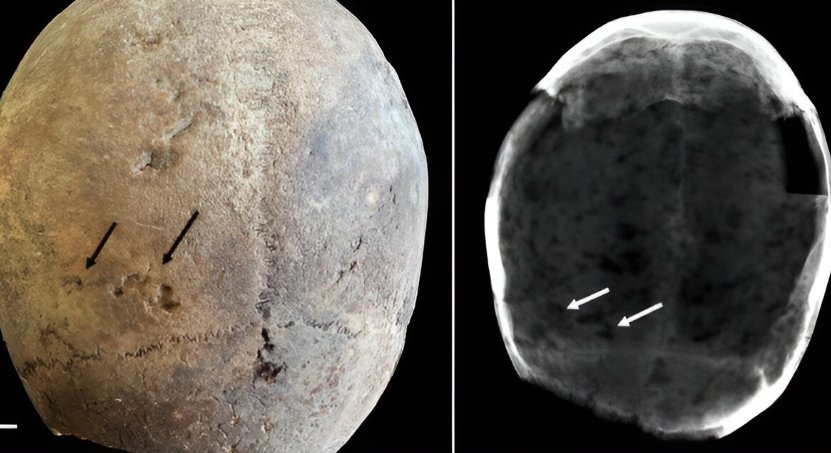In a groundbreaking discovery, researchers have found evidence of cocaine use among Europeans as early as the 17th century. This revelation came from the analysis of human remains in a crypt beneath the Ospedale Maggiore hospital in Milan, Italy. The study, published in the Journal of Archaeological Science, suggests that Europeans were consuming coca leaves nearly two centuries earlier than previously believed. This finding challenges the long-held assumption that cocaine use in Europe began only in the 19th century, following the isolation of the drug by German chemist Albert Niemann in 1859.
Uncovering the Past
The discovery was made by a team of researchers from the University of Milan and the Foundation IRCCS Ca’ Granda Ospedale Maggiore Policlinico di Milano. They examined the mummified brains of nine individuals buried in the Ca’ Granda crypt, a 17th-century burial site for patients who died at the Ospedale Maggiore hospital. Using advanced spectrometry techniques, the researchers detected components of the coca plant in the brains of at least two individuals.
This finding suggests that the coca plant, native to South America, reached Europe by the 1600s. The researchers hypothesize that the plant was introduced to Europe by Spanish explorers. Historical records from the Ospedale Maggiore hospital make no mention of coca in medical treatments, indicating that the individuals likely used the drug recreationally. This discovery provides new insights into the social and cultural practices of 17th-century Europeans.

The Ca’ Granda crypt, with its 14 chambers and approximately 2.9 million bones, offers a unique opportunity to study life and death in Milan 400 years ago. The crypt’s extensive collection of human remains allows researchers to explore various aspects of historical life, including health, diet, and now, drug use. The presence of coca plant components in the mummified brains is a testament to the far-reaching influence of global trade and exploration during the 17th century.
The Implications of the Discovery
The discovery of early cocaine use in Europe has significant implications for our understanding of the history of drug use. It challenges the conventional timeline and suggests that Europeans were experimenting with psychoactive substances much earlier than previously thought. This finding also highlights the role of global trade in the dissemination of plants and substances across continents.
The researchers’ use of advanced spectrometry techniques to analyze the mummified brains represents a significant advancement in archaeological science. These techniques allow for the detection of minute chemical traces, providing new insights into historical practices. The study’s findings underscore the importance of interdisciplinary research in uncovering hidden aspects of history.
The presence of coca plant components in the brains of individuals buried in the Ca’ Granda crypt also raises questions about the social and cultural context of drug use in 17th-century Europe. The fact that the individuals were buried in a manner suggesting they were poor indicates that coca leaves may have been relatively accessible and used recreationally. This challenges the notion that drug use was limited to certain social classes or regions.
A New Perspective on European History
The discovery of early cocaine use in Europe offers a new perspective on the continent’s history. It suggests that Europeans were engaging with psychoactive substances long before the 19th century, when cocaine became widely known and used. This finding adds a new dimension to our understanding of European social and cultural practices during the 17th century.
The study also highlights the importance of archaeological research in uncovering hidden aspects of history. By examining human remains and using advanced scientific techniques, researchers can gain new insights into the lives of people who lived centuries ago. The discovery of coca plant components in the mummified brains from the Ca’ Granda crypt is a testament to the power of interdisciplinary research in revealing the complexities of the past.
The researchers’ findings have opened up new avenues for further study. Future research could explore the extent of coca use in other parts of Europe and its impact on European society. This discovery also raises questions about the interactions between European and South American cultures during the 17th century. By continuing to investigate these questions, researchers can deepen our understanding of the global history of drug use.














